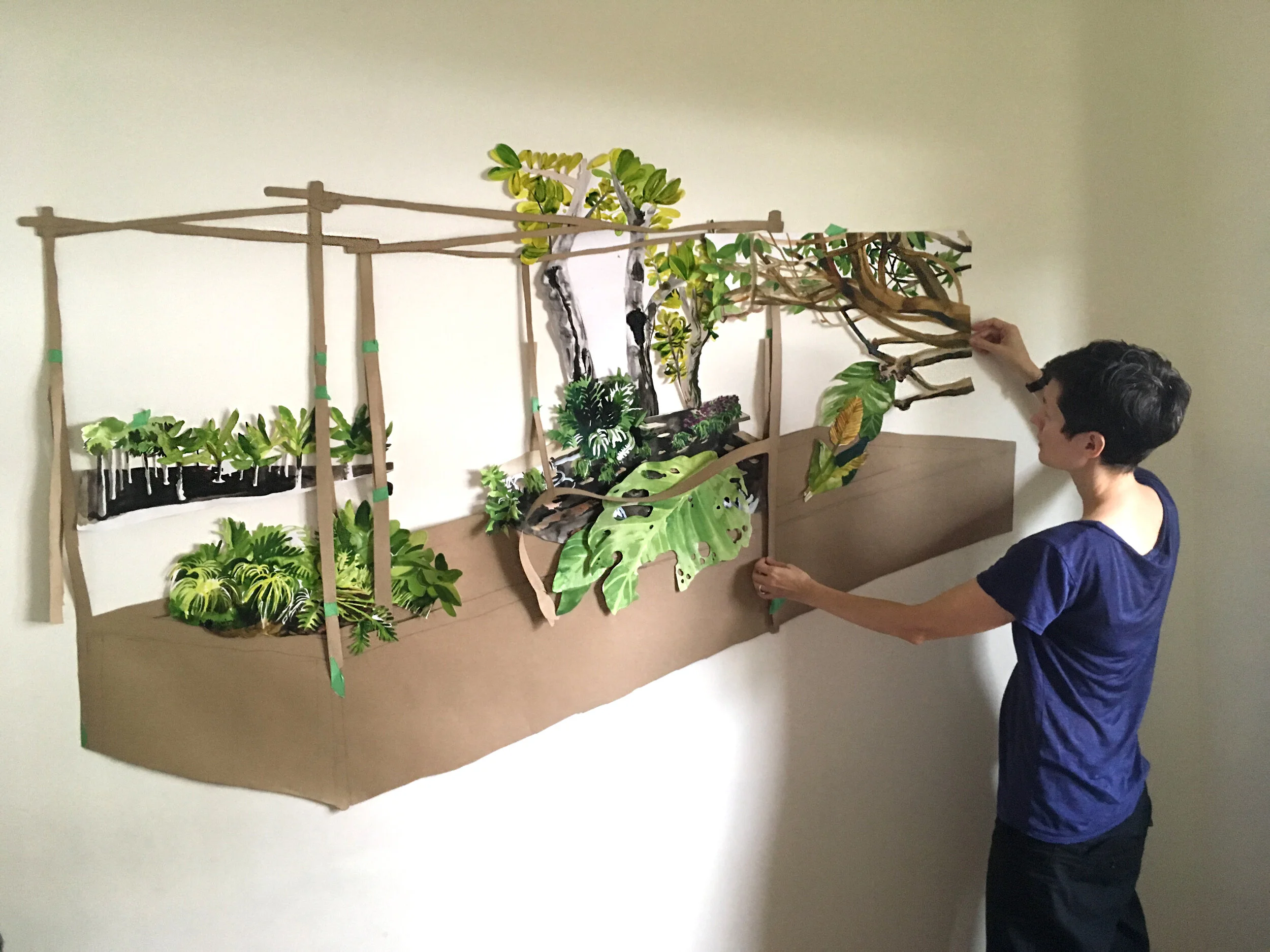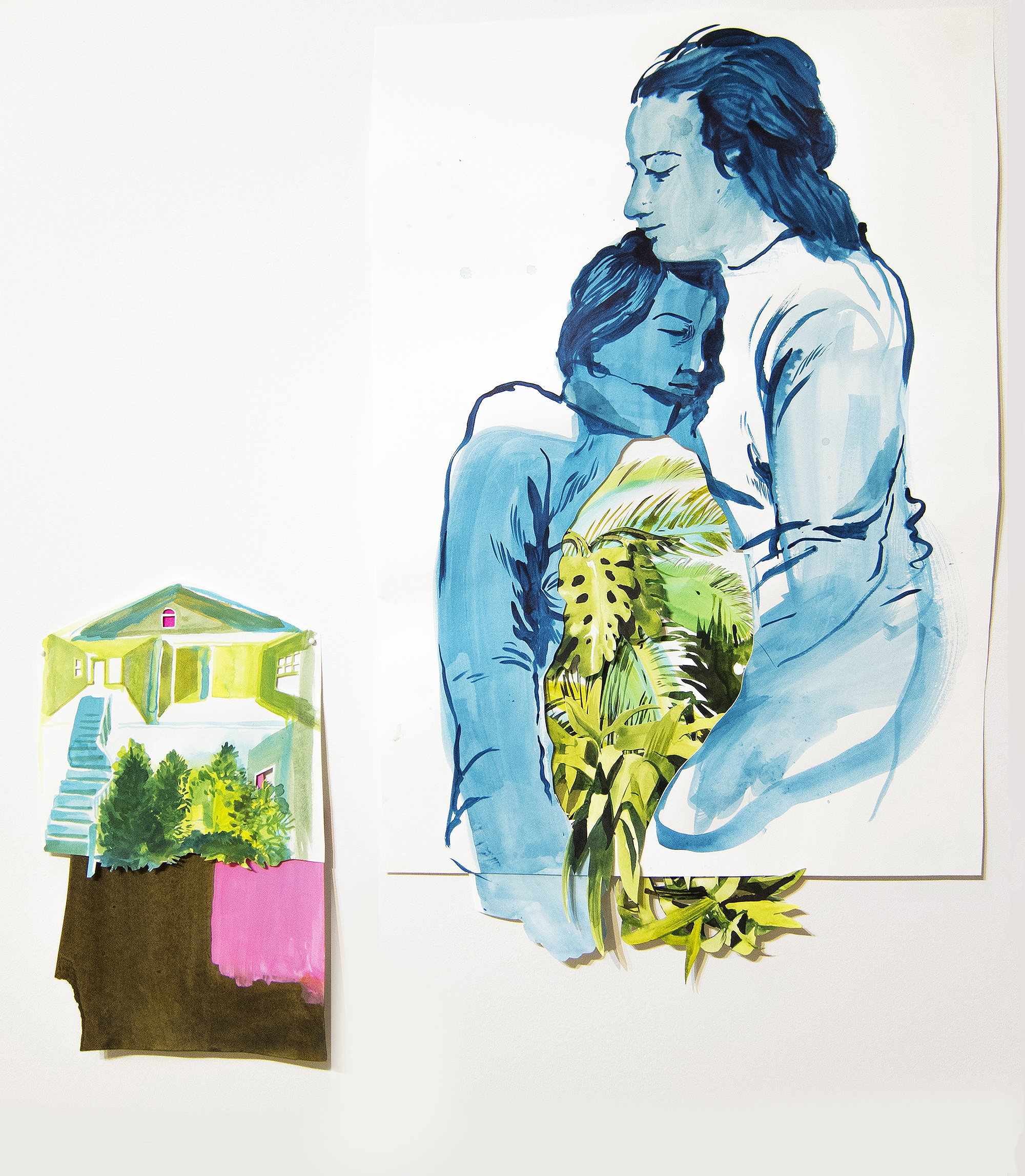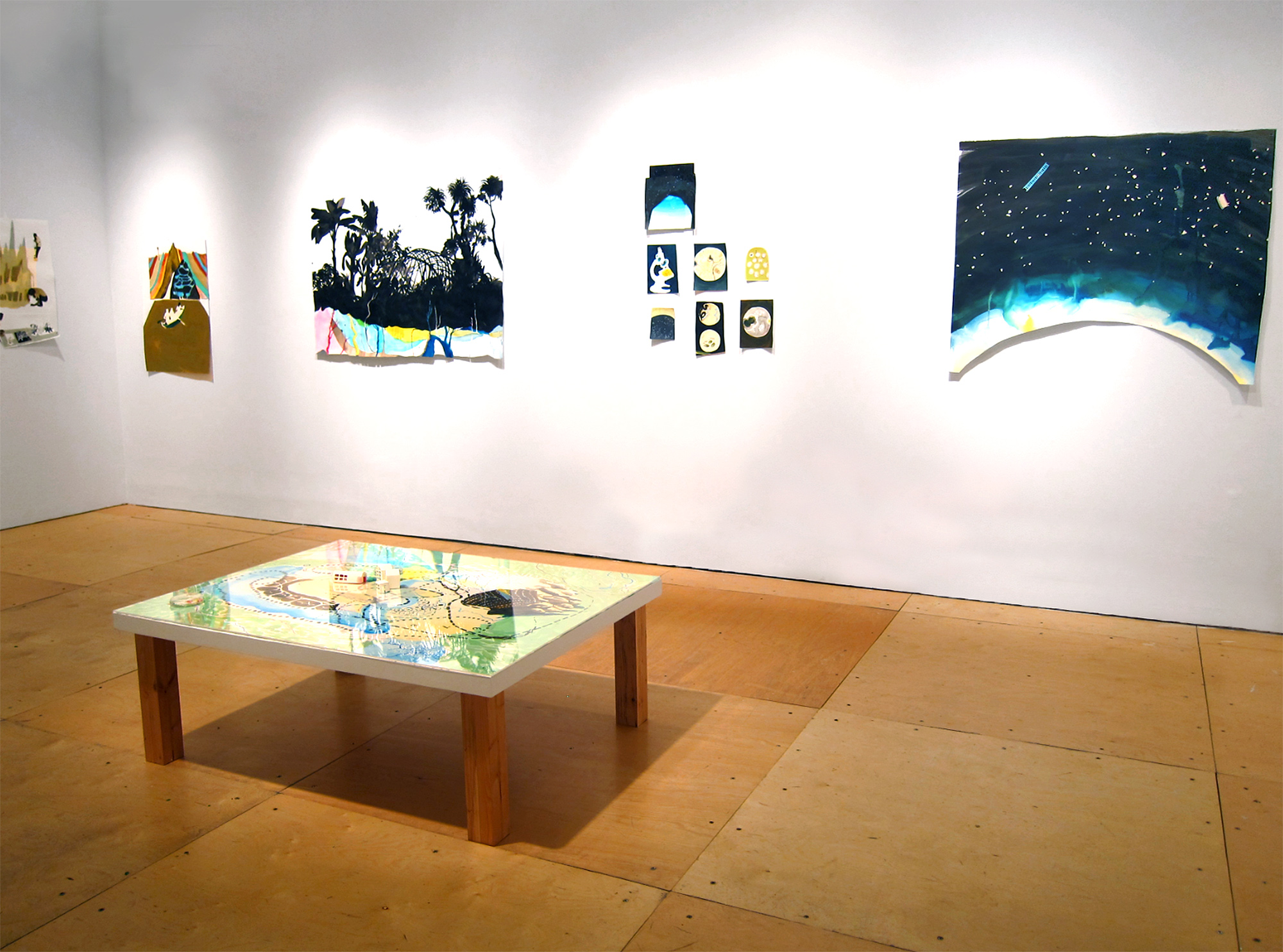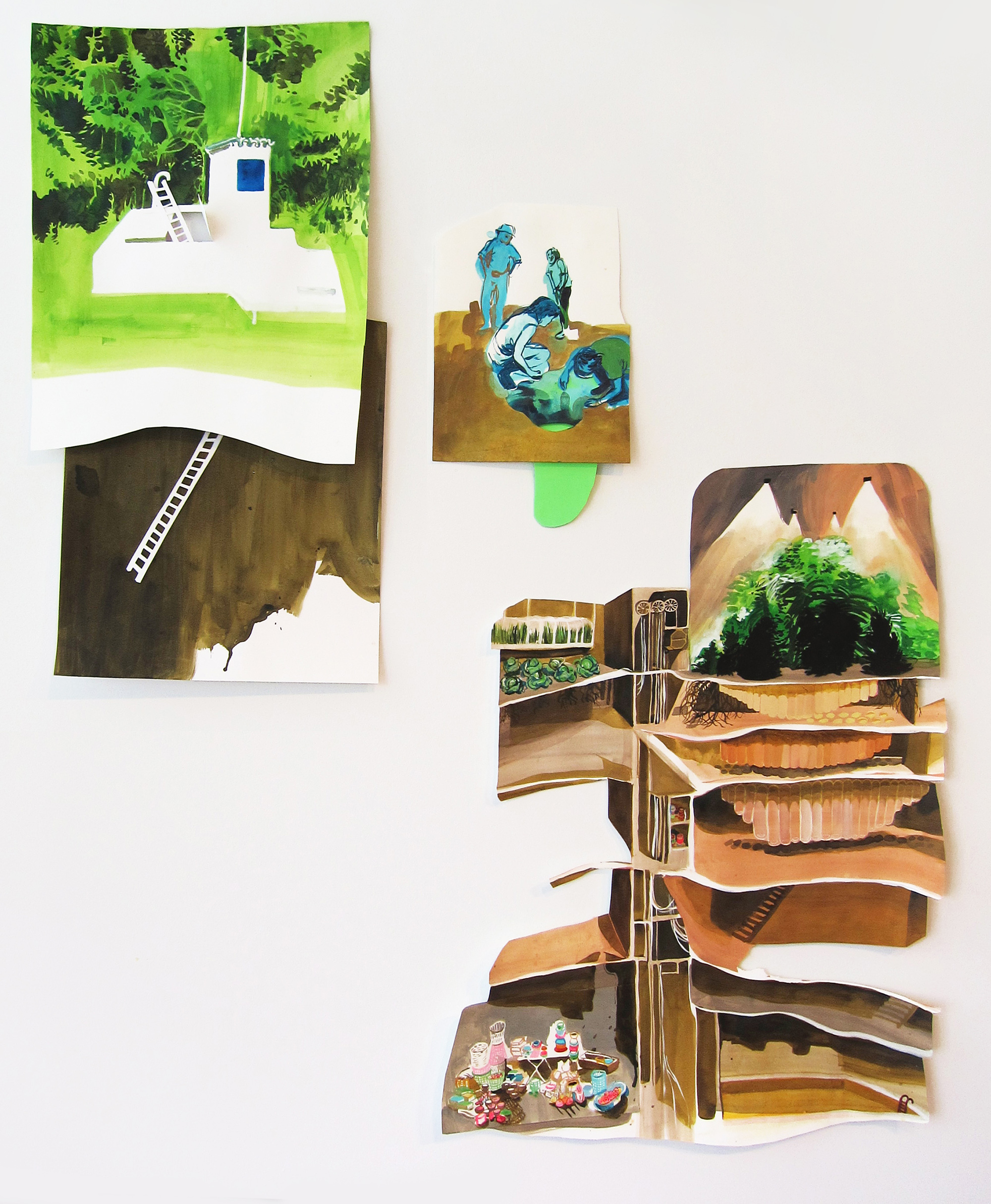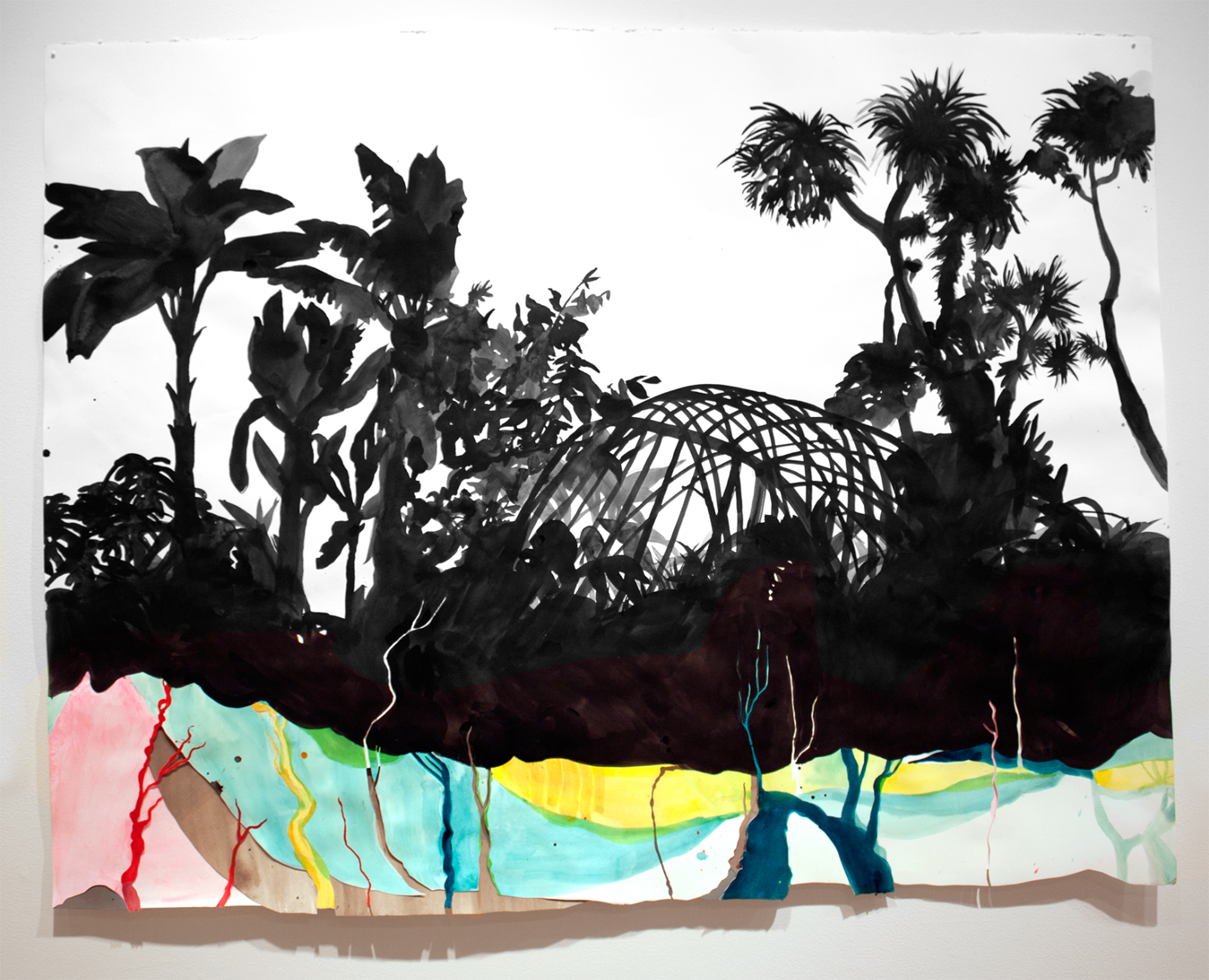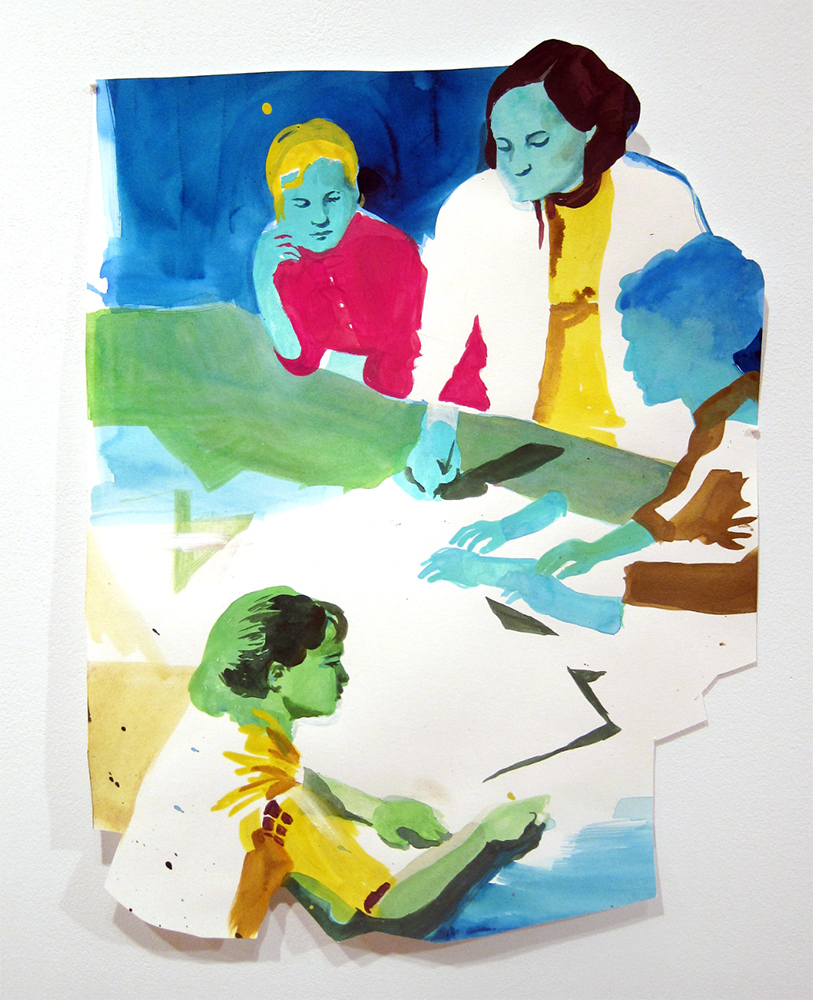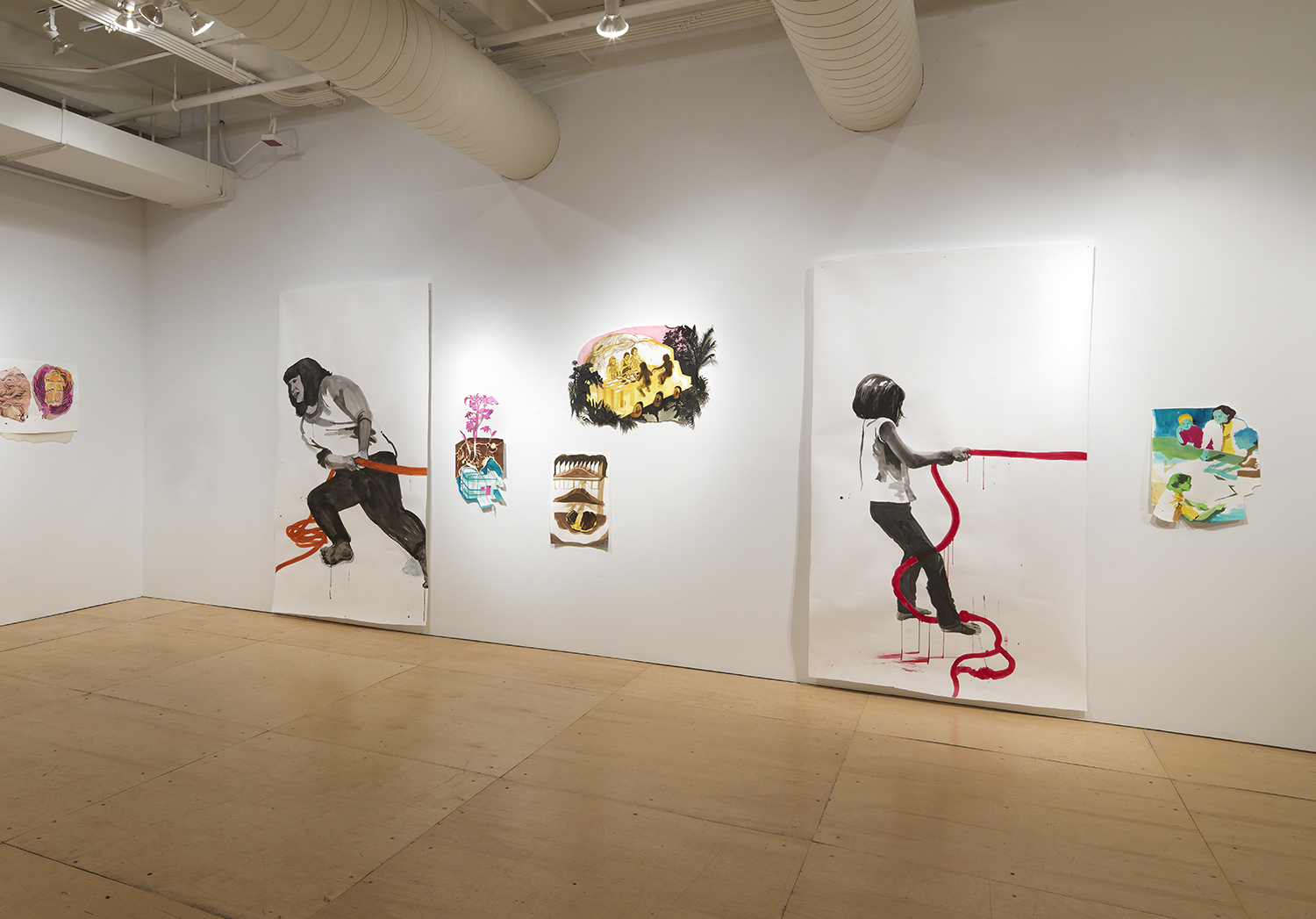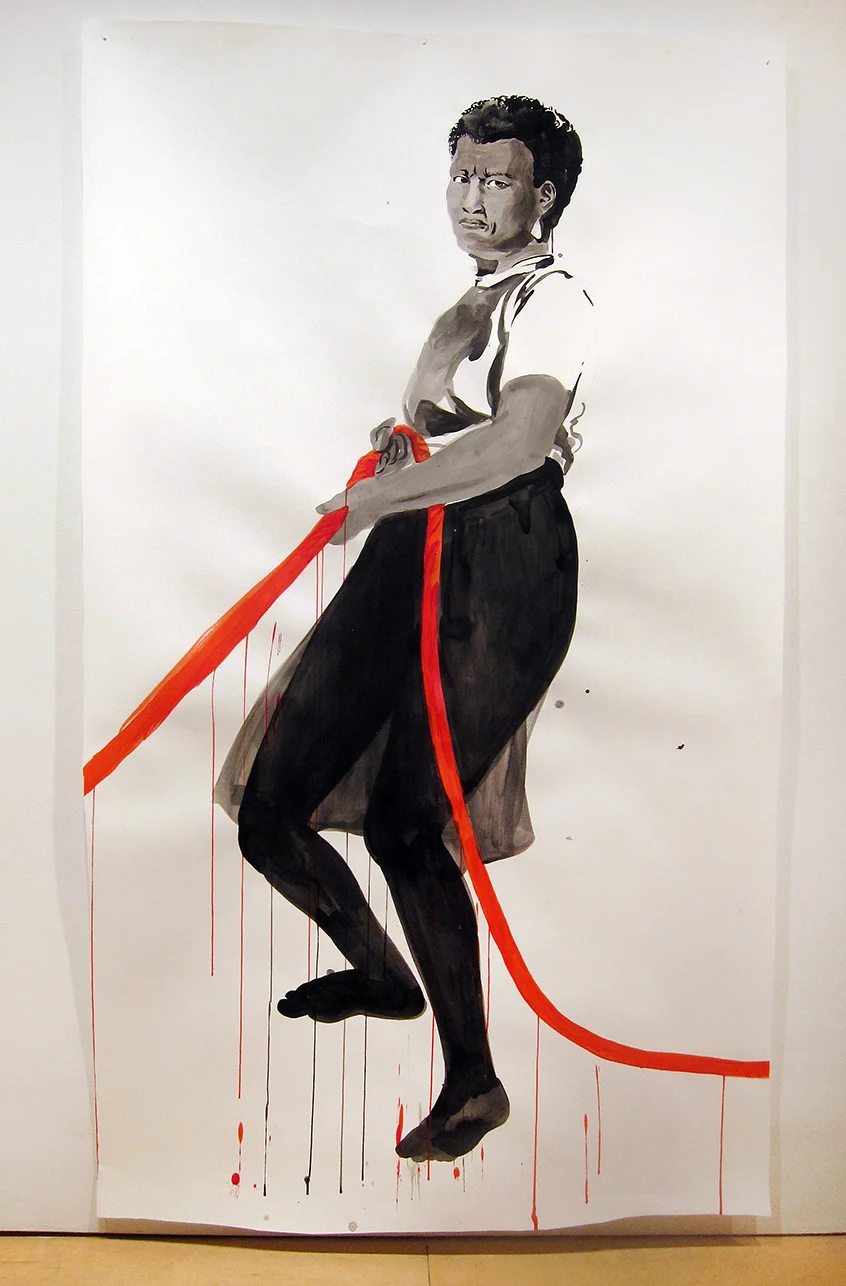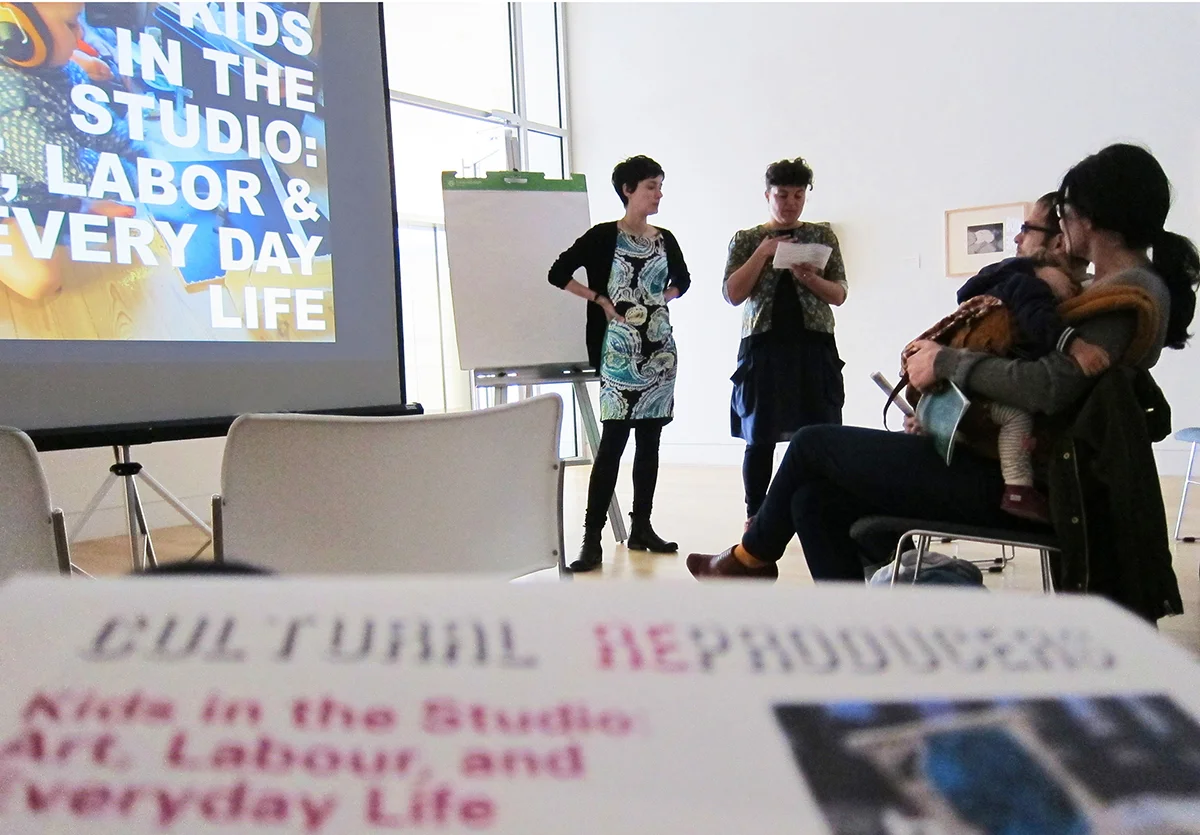By its nature, the archive is carefully and systematically organized, bringing a sense of structure and order to the chaos of the natural world. As vast amounts of specialized data are collected and stored there, this collected knowledge also attains a growing measure of unknowableness: any serious researcher can become familiar only with a small fraction of its contents, and for non-specialists outside the Institute there is very little access to its contents at all. This situation opens up new opportunities for curiosity and wonder within the ordered systems of the collection.
The ReDistribution of Curiosity began through a series of conversations with scholars at the Max Planck Institute for the History of Science working in diverse areas of research, from medieval medicines to early computer graphics. The act of drawing has the capacity to abstract and ambiguate any sense of time, space, scale and origin these images might initially have, allowing for creative recategorization, unexpected visual connections and the emergence of new narratives. Working with the Institute's library and digitized rare book collection, I created a personal archive of notes and images using inks, pigments, cut paper, and shadows.
In ordering the resulting images by my own systems of categorization, as did collectors of the sixteenth and seventeenth centuries, I seek to to share these reconfigured collections with others. This is where the ReDistribution of Curiosity comes in: a selection of the completed drawings have been multiplied as postcards to be disseminated both within and beyond the institution, activating our collective curiosity through the participation of the MPI community. The project was also expanded through a Collective Curiosity workshop and public exhibition at Berlin's Aviatrix Atelier, an intergenerational studio space and gallery organized by and for creative parents and their families, as well as the local community.





















